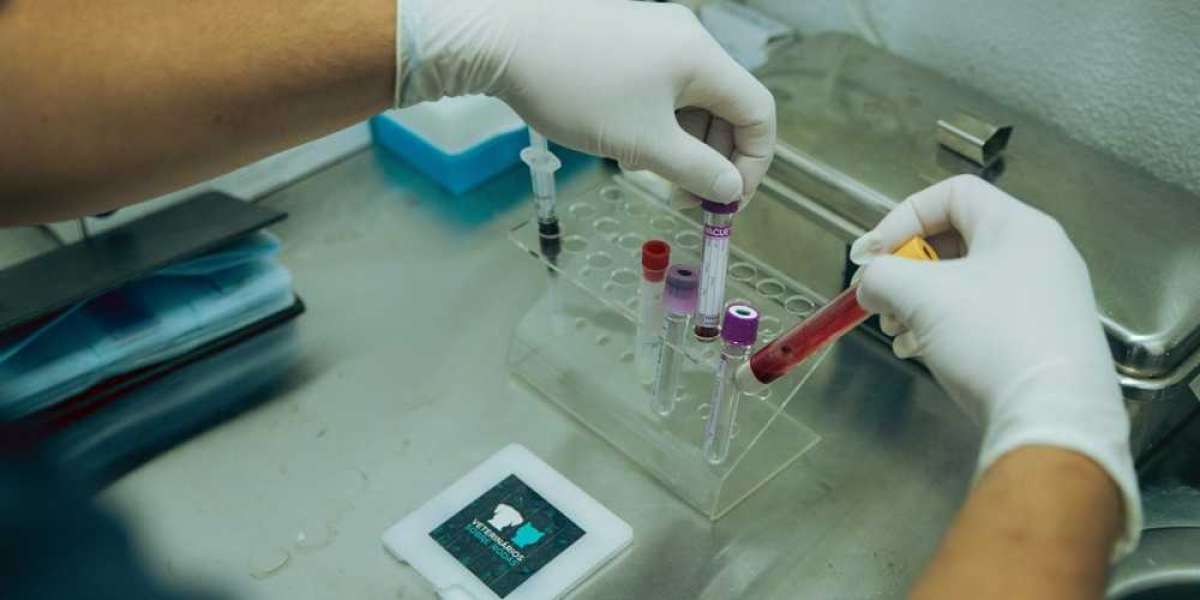¿Qué se debe hacer después de la prueba?
Esta prueba de uso recurrente puede mostrar el flujo sanguíneo que atraviesa el corazón y las válvulas cardíacas. El proveedor de atención médica puede emplear las imágenes de esta prueba para comprender si tienes una enfermedad cardiaca u otras afecciones del corazón. Un ecocardiograma utiliza ondas sonoras para ver cómo fluye la sangre por el corazón y las válvulas cardiacas. Unos sensores puestos en el pecho y a veces en las piernas controlan el ritmo cardiaco a lo largo de la prueba. La prueba puede ayudar al distribuidor de atención médica a hacer un diagnostico afecciones cardíacas. Los electrocardiogramas registran de manera excelente la actividad eléctrica del corazón. Son herramientas geniales para detectar arritmias, que son ritmos cardiacos irregulares que podrían no advertirse únicamente mediante el diagnóstico por imagen.
¿Qué pruebas se hacen después de un infarto cardíaco?
 Changes within the sound waves, known as Doppler indicators, show the direction and speed of blood transferring by way of your heart. It looks for patterns to figure out if your heart is thrashing normally, too quick, too gradual, or in an irregular way. It's an excellent first test to identify points linked with heart disease and can also reveal problems together with your coronary heart's shape or size. But it's not very accurate in judging how well your heart pumps. Since an echo is a minimally invasive procedure, it can be carried out with none have to administer ache aid medicine. Some vets select to sedate the animal to make certain that they'll stay fully still during the length of the process.
Changes within the sound waves, known as Doppler indicators, show the direction and speed of blood transferring by way of your heart. It looks for patterns to figure out if your heart is thrashing normally, too quick, too gradual, or in an irregular way. It's an excellent first test to identify points linked with heart disease and can also reveal problems together with your coronary heart's shape or size. But it's not very accurate in judging how well your heart pumps. Since an echo is a minimally invasive procedure, it can be carried out with none have to administer ache aid medicine. Some vets select to sedate the animal to make certain that they'll stay fully still during the length of the process.Is a Chest X-ray Painful to Dogs?
When superimposed over the lungs, these opacities can mimic pulmonary nodules. Skin folds are one other chest wall phenomenon that usually create confusing artifacts. On VD/DV views they're seen in the caudal lung fields, and can often be traced past thoracic boundaries. At occasions, nevertheless they'll mimic pneumothorax, creating a distinct margin between the extra radiolucent lung periphery and more opaque central lung subject.
Structured interstitial (nodular) pattern
An echocardiogram (echo) is a graphic outline of your heart’s movement. This helps the provider consider the pumping motion of your coronary heart. For a transesophageal echocardiogram, a gel or spray will numb the again of your mouth and throat, and you'll be given supplemental oxygen via a tube in your nostril. You can also be given a medicine that can assist you loosen up or go to sleep. During the procedure, the healthcare provider will place a tube down your throat and place it behind your heart, where the transducer will take pictures of your heart’s constructions. An echo is a graphic representation of the heart’s motion.
Florida Alligator Expert Reveals The 'Water Test' To Check If One Is Nearby
These developments facilitate correct identification of cardiac buildings, evaluation of function, and detection of abnormalities. Certain cardiac circumstances, similar to congenital coronary heart illness or complex valvular abnormalities, can current challenges in interpretation. The complexity of those instances may require specialised experience or consultation with experienced cardiologists or cardiac imaging specialists. Clinicians ought to recognize their limitations and seek expert input when essential to make sure accurate prognosis and optimum patient care. 2D echocardiography, also called two-dimensional echocardiography, offers a detailed view of the heart’s anatomy.
Echocardiogram Risks
These advancements will aid in the earlier detection of refined abnormalities, precise quantification of disease severity, and personalized remedy planning. Three-dimensional (3D) echocardiography supplies a more comprehensive view of the heart’s anatomy. It allows clinicians to visualise the cardiac structures in greater element, offering a extra accurate evaluation of chamber volumes and dimensions. 3D echocardiography is particularly useful in evaluating complex cardiac pathologies, similar to congenital coronary heart illness or valvular abnormalities. Advancements in image enhancement and visualization methods improve the readability and quality of echocardiogram photographs. Innovative algorithms can cut back noise, enhance contrast, and optimise image parameters, offering clinicians with clearer pictures for interpretation.
Echocardiogram vs. EKG – Both Are Considered Non-invasive
The outcomes of an echocardiogram are accountable to project the actual real-time photographs of a coronary heart, if its performance is normal or irregular, its pumping strength, etc. The ejection fraction (EF) is the amount of blood your coronary heart pumps (or ejects) with each heartbeat and is a helpful way of measuring LVSD. It’s important to grasp that "normal" isn't 100 per cent. Measuring the EF helps your doctor to grasp how nicely the center is pumping.









